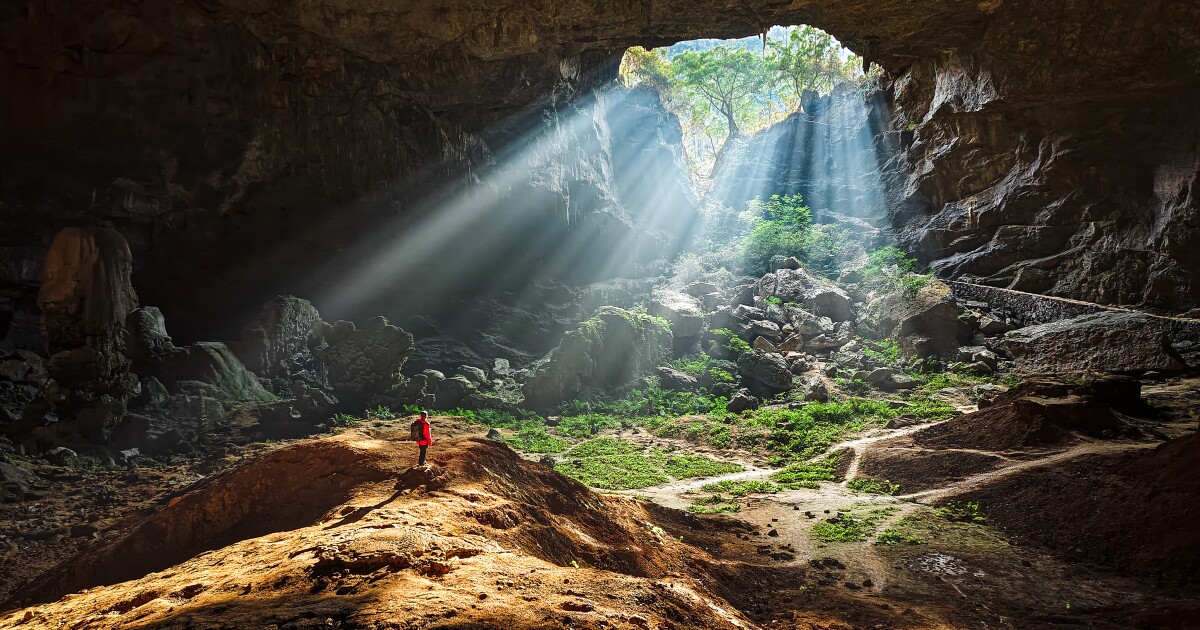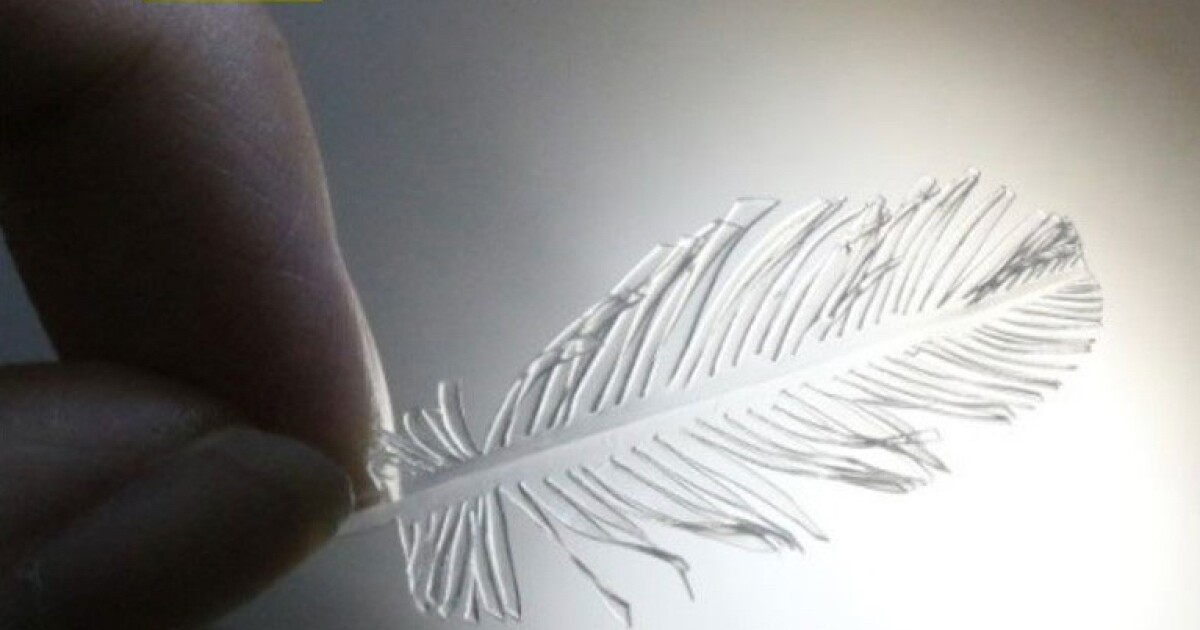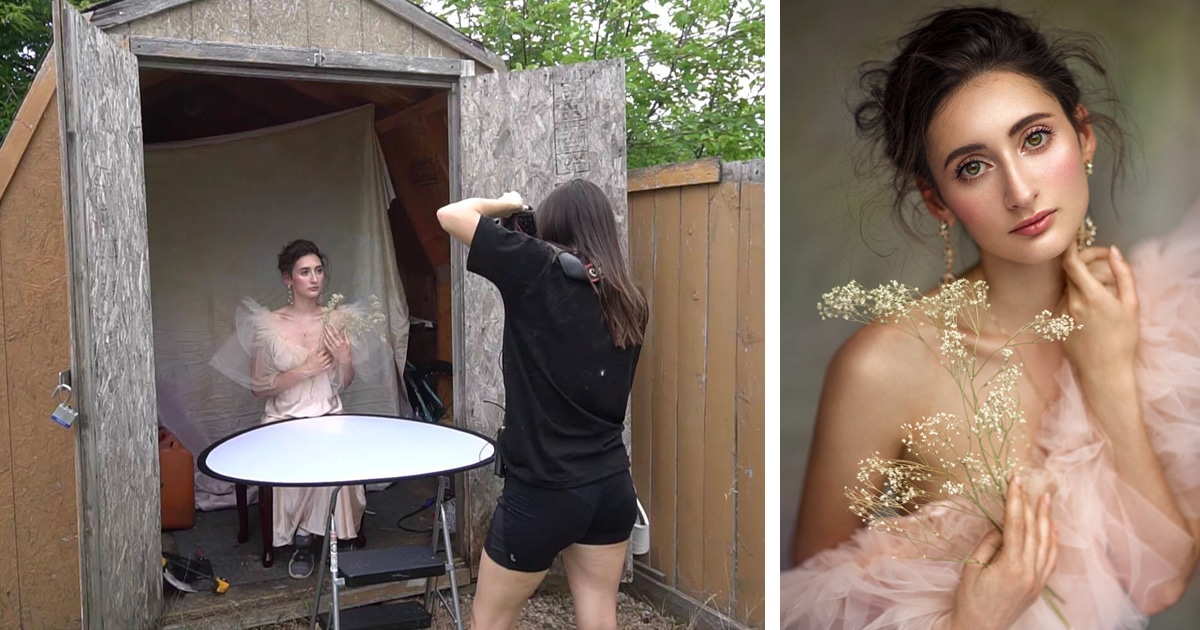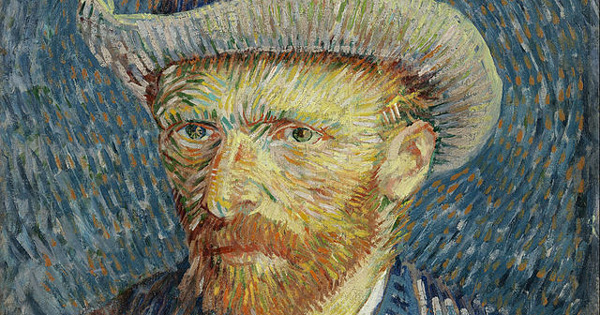- Breathing Light
- Posts
- Breathing Light Issue #61
Breathing Light Issue #61
Of seeing Possibilty in the Corner of your Vision

In this Issue
1. Taku Mahi Toi o Te wiki-My Image of the Week
2. Korero Timatanga-Frontispiece
3. Photographer's Corner- Blowing Space into a point
4. Waiata mou te Ata-Poem for the day
5. Fevered Mind Links (to make your Sunday morning coffee go cold)
6. Koorero Whakamutunga-Endpapers
My Image of the Week
Taku Mahi Toi O te Wiki

Storm and Light, Roto-Ua, Fiordland 2023 | Fujifilm GFX 100, GF 100-200/4
Summer has filled her veins with light and her heart is washed with noon.
The great American fine art photographer Will Connell once had this to say about photography:
every art medium has its weakness. Photography’s is the ease with which it can be learned. Far too many people learn to speak the language before they have anything to say.
Sooner or later, on our journey along the mile marker-dotted road, which is photography, we will reach a point where we begin to wonder why we are doing it, what it is all about, and what we are trying to say.
At this point, we should celebrate.
For now the journey is truly beginning. Now we have reached the start line.
Every martial artist who has reached mastery knows this. Achieving the level of blackbelt is not a sunset but a dawn. We have travelled through the dark forest of ignorance and emerged into the light.
Now the basics have been mastered, and learning truly begins.
A friend sent me this wonderful quote by the author Robin Wall Kimmerer:
In indigenous ways of knowing, we say that a thing cannot be understood until it is known by all four aspects of our being: mind, body, emotion, and spirit. The scientific way of knowing relies only on empirical information from the world, gathered by the body and interpreted by mind.
Perhaps photography is like that. Yet, from an early age, most of us are taught and programmed to gather with the body and interpret with the mind.
But what of emotion and Spirit?
Perhaps they should be placed at the front.
Perhaps they are pre-eminent.
Perhaps we should think more about our feelings and what comes to our Spirit.
One day I realised that making pictures with my mind and body was no longer enough. Something else was going on. Somehow, somewhere inside me, I saw things that made no empirical sense. At the same time that I was documenting what was before me, another image was forming that sought external expression. Bubbles of light were rising from my deep, expanding as they floated to the surface and tore apart the oily film of my visual complacency.
The journey then became finding ways to pin those fleeting insights into form. For what is photography that the act of reaching out and grasping a handful of Time's winds?
As time has gone by and I've got better at placing the paw of my artistic intention upon these glittering moment-bubbles, I have begun to look for them in the corner of my eye.
A practice common to indigenous peoples is the art of looking without looking. To seek without seeking. It is looking out of the corner of our eye, open to possibility, and waiting for it to declare itself.
One day my inner voice whispered to me to make a journey down to Lake Manapōuri, Roto-Ua in the old Waitaha language, because there was something to be known.
“Oh," and do take your camera," it whispered to me.
It was a day for being compliant and not my usual cantankerous, curmudgeonly self.
When we arrived, Taawhirimaatea, the God of the winds, had been busy, herding cloud sheep across the mountains and picking holes in the sunlight.
I stepped out of the car and stood there for a time, rocking in the fierce wind and watching the rain being whipped into obedient lines flowing east.
I took out the camera and began making compositions, trying to pin down the passing roll of moments and fence in the symphony of light passing in front of the eyes of my heart.
As often happens, only in post-production, when I brush away the dross and alloy of my pre-programmed seeing, can I give a face to all the wondrous beings and energies that have been dancing before me.
Perhaps that is what artists do.
They make visible the invisible.
Koorereo Timatanga
Frontispiece

Shadowed Land, Roto-Ua, 2023 | Fujifilm GFX 100, GF 100-200/4
Clouds come floating into my life, no longer to carry rain or usher storm, but to add color to my sunset sky.
Atamaarie e te whaanau:
Good morning everybody.
In the last issue, I reached out to you to share my thoughts about moving Breathing Light to a subscription/premium model, and I asked you for your thoughts.
Several of you returned to me with some very considered and thoughtful responses. I'm deeply grateful to all of you who took the time to respond.
It led me to do some intense thinking about who you are and why I write this anyway.
Some of you have been friends and followers for more than 20 years.
I sense you out there, and it is more important to have you here than lose you for the sake of a few pennies.
Breathing Light is important for me for the following reason. We live in a very dark and troubled world.
I want to think that Breathing Light brings a little light and peace into it.
So, for as long as I'm able to write it, Breathing Light will continue to be free.
This week, I watched an excellent video by a photographer discussing the issues of monetizing knowledge. It's a very profound and thoughtful video. I have created a link in the Fevered Mind Links section below. Again, food for thought. He talks about adding value for value.
There is a lovely Maori word, kohaa. People take it to mean "gift". That's not entirely accurate. It really means ko-haa, the exchange of breath/energy. By exchanging energy, we balance Wairua (the two waters that make up Spirit).
I may have found a way, a path through the forest.
At the bottom of this section, you'll find a button that will take you to my page on the Buy Me A Coffee website. There you can buy me a cup of coffee or donate if you want. And you know I love coffee!
There is no compulsion to do anything, but if you would like to buy me a cup of (virtual) coffee (or more) or even chip in a few dollars, as and when it feels right, then I'll undoubtedly be very grateful for your support.
Every little bit helps.
Probably most of you won't know this, but a few years ago, I published a couple of books, one of which, Letters to My Friends, is a collection of essays written to photographers who asked me for advice (the fools!). You can pick up the e-book there. Just let me know when you have paid, and I'll email it to you.
Value for value.
An exchange of Breath.
Photographer's Corner
Aspect ratio-blowing space into a point

Middle Arm, Lake Te Ana-au | Fujifilm GFX 100, GF 45-100/4
Worldly fame is but a breath of wind that blows now this way, and now that, and changes name as it changes direction.
every photographer knows
Every photographer knows that we have an excellent range of aspect ratios available to us. We have 1:1, 3:2, 16:9 and a variety of others. Many of these have come about due to developments in film technology and the days before we began using digital cameras. Many of these ratios are historical, resulting in film emulsions being made in specific sizes and cameras developed to accommodate them.
However, for all we may argue about the relative merits of age, I will talk about them from a visual design perspective in this article. So perhaps it is possible To step beyond all the assumptions that many people have about the “correct” ratio and see them as ways of framing our vision.
Let us begin with the point. The point is the basis of visual design. From an art perspective, a point, perhaps made with a pencil or a brush, has within it. And yet does. No matter how small, it has volume. I'm sure science would see it otherwise.
Now imagine we take a point, fill a hypodermic syringe with space and inject space into the middle of the point, rather like filling a balloon with air. The point expands and becomes a circle. We now have inside and outside. In a sense, it has become a visual rubber band, open to manipulation.
The circle is the first of the shapes.
Now if we take the circle and mark three points on it, then stretch them apart, we have the next shape, the triangle.
With four points, we have created a rectangle. From a visual design perspective, a square is a rectangle with equal sides.
Add in light, and we progress from shape to form. A circle becomes a sphere, a triangle becomes a pyramid, and a rectangle becomes a cube.
However, while we may have worked with three dimensions, there is a fourth.
Time.
And this impacts our reading of an image.
Because our Western eyes read from left to right, the time it takes us to look at an image will be subtly affected by the aspect ratio of our camera.
A square (1:1) ratio is visually a circle with corners. It asks us to consider everything at once, at the same time. As a result, our eye tends to spiral around the image, to take in the content simultaneously.
A 3:2 ratio, commonly called 35mm, takes a little more time to read, usually from left to right, before we have absorbed all the information.
The 16: 9 ratio (curiously much closer to the human field of vision than the previous two) is about time. It takes time for us to scan the image, move from left to right, integrate the content, and make sense of it. We will move from left to right (or right to left, depending on our culture) and then return to the starting point.
Time has passed. I imagine it would be like viewing the Bayeaux tapestry (I haven't done it yet). You would begin at the left-hand end and then walk along until you address the other. Again, time would pass, and memory would probably compel us to step back and start over.
“Panorama” ratios (16:9, 3:1, 6:1, et cetera) are like that. They ask us to spend time with them rather than take everything in at once. Beyond a particular magnification, a panorama image is impossible to view without scanning. Reading them takes time.
Our choice of ratio and how we arrange the frame around our subject is very personal and worth considering. I would suggest that we all have a natural ratio for our seeing. You might spend time looking at your images and wondering what is yours.
The camera you work with comes with an aspect ratio predetermined by the manufacturer. It encourages you to work within its visual field. However, there are ways to explore that. Most modern digital cameras offer us the opportunity to experiment with different aspect ratios. You might want to try those out and see if your images improve.
And so to the header image for this section.
I stopped at the top of the hill above Te Anau Downs. For years I have come around this particular corner and seen the view across the lake to Middle Arm. Unfortunately, I have either been in a hurry, stuck in traffic, or the light hasn't been quite right because it's been too early or too late. This late afternoon, the storm was pushing clouds over the mountains, and the sun was finding gaps in them. It was too good to miss. My camera's native ratio is 4:3, but this was a scene that said panorama, something around 16:9. What is more, the heavy clouds at the top added nothing to the sense of vista, of a scene that took time both to view and to read.
Rather than crop in-camera, I used the entire frame and cropped it in post-production.
I have an acquaintance who is a very successful business in Australia, selling large prints of scenes to people looking for beautiful canvases to frame on their walls. I once asked him what the most popular size he sold was.
His reply?
Long enough to span the width of a king-sized bed.
Needless to say, he shoots panoramas.
Waiata Mou Te Ata-Poem For the Day
Starsongs

Huatea. Fiordland | Fujifilm X-H1, XF 50-140/2.8
We need to find God, and he cannot be found in noise and restlessness. God is the friend of silence. See how nature - trees, flowers, grass- grows in silence; see the stars, the moon and the sun, how they move in silence... We need silence to be able to touch souls.
Starsongs
I have wandered across the night
Dancing in the spaces between raindrops
And playing with the children of the wind.
I have read the notes woven into
the dartdark gossamer spaces
between stars
pinned to the underbowl of the night,
and wondered my fingers
along the lingering arc of the Milky Way,
tracing aeondesigns
that have been drawing near,
while my face was down,
studying runesign confetti
speckled in spectral pools
sprinkled on the gown of time.

Fevered Mind Links (to make your Sunday morning coffee go cold)
EndPapers
Koorero Whakamutunga

Leaf clings to rock 2023 | Fujifilm GFX 100, GF 45-100/4
Water is the softest of all things, yet it is the most powerful. The ocean patiently allows all things to flow into it. It is always flexible. The Tao is not about grasping, but allowing, like water.
moment by moment, day by day, the two wives of Te Raa, the Sun, Hine Raumati (the Summer Maid) and Hine Takarua (the Winter Maid) have been working together, weaving the cloak of Autumn. The fingers shred the yellow and green from the leaves and replace them with wondrous reds and golds.
Just yesterday morning, I looked up through my kitchen window and saw the colourings appearing on the tips of my neighbour’s cherry trees. So it'll soon be an excellent time here in Te Anau, of autumn fogs and long, lingering wanderings in the park nearby. With the camera, of course!
Now, when I rise around 4 am and step outside onto the grass, the long arc of the Milky Way is floating above me, singing the songs of aeons past and passed.
It is a glorious time to be alive.
My wondrous Sarah fixed me with a steely gaze (yet again, I sensed incoming).
“What are your values, Tony Bridge? Have you ever thought about them?”
I wondered how many of us ever do. Perhaps we take them for granted.
I went away and googled “values list". They listed 50, which I quickly whittled down to 10 or so.
I meditated on them all day.
Then the answer came to me at three in the morning, as my answers often do.
I saw the small graphic at the bottom of Breathing Light.
They had been there all along.
-Arohaa (love, the presence of Breath)
-Whakapono (truth, authenticity, honesty)
-Rangimarie (peace, faith)
Te Reo Maaori is such a beautiful language. It says so much with so little.
And always to and from the heart.
As always, walk gently upon our Mother and be kind to each other.
He mihi arohaa nunui ki a koutou katoa
Much love to you all,
Tony.












Reply